I have recently been fascinated with wireless-ness. I thought of a little project so I could do a little research in this area. This project uses a circuit board found in a Christmas card or birthday card that makes it play music when the card is opened. It will also use an RF transmitter and receiver. What I am aiming to do is wirelessly transmit the music from the sound circuit to a speaker via the RF transmitter and receiver.
Parts I plan to use:
RF Link Transmitter (315 MHz) - https://www.sparkfun.com/products/10535
RF Link Receiver (315 MHz) - https://www.sparkfun.com/products/10533
Music Circuit (something similar to this link) - http://www.ebay.com/itm/230761780701
Original circuit: Music circuit -> Speaker
New circuit: Music circuit -> RF transmitter -> RF receiver -> Speaker
What I'm looking to do is cut the wires of the speaker and attach the circuit board to the RF transmitter. And then attach the speaker to the RF receiver. I'm assuming I'm going to need some sort of buffer attached to the receiver. Is there any sort of hardware buffer I would be able to use or would using a buffer through code be easier?
Music circuit -> RF transmitter -> RF receiver -> Buffer -> Speaker
Another thing I'm worried about is the data I will be sending. Would I need an analog to digital converter to change the original signal (that was sent to the speaker itself) to a digital signal for the RF transmitter to transmit correctly? And then would I need to change that signal back to an analog signal?
Music circuit -> ADC -> RF transmitter -> RF receiver -> Buffer -> DAC -> Speaker
Would this be a practical solution?
I know using 2 arduinos would probably be easier, but I want to eliminate the use of micro controllers and code, and focus on the hardware and circuit analysis of the system. Also, I'm using the RF link transmitter and receiver because they are cheap and I want to focus on how the signal is created, sent, and received.
